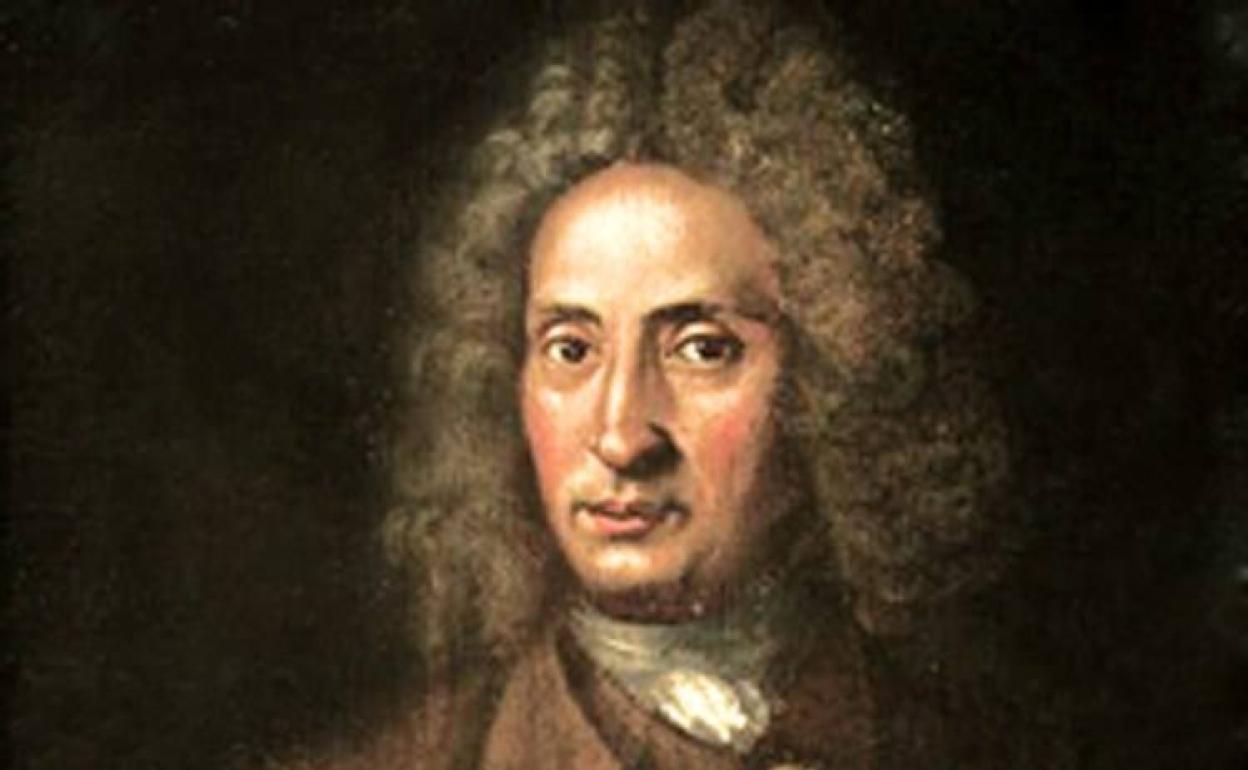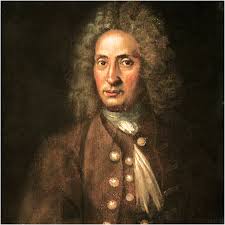Tomaso Albinoni was an Italian composer who left an indelible mark on the Baroque music landscape of the 17th and 18th centuries. Born on June 8, 1671, in Venice, Italy, Albinoni displayed an early affinity for music, nurtured by his father, a wealthy paper merchant. Although little is known about his formal musical education, Albinoni’s natural talent and dedication led him to become one of the most celebrated composers of his time.
Albinoni’s compositions span various genres, including opera, chamber music, and instrumental works, but he is best known for his prolific output of instrumental music, particularly his concertos and sonatas. His compositions often feature rich harmonies, expressive melodies, and intricate counterpoint, showcasing his mastery of the Baroque style.
- Venetian Roots: Tomaso Albinoni was born on June 8, 1671, in Venice, Italy. He hailed from a wealthy family and received excellent education, particularly in music.
- Innovator in Opera: Albinoni was primarily known for his instrumental music, but he also composed operas. His operatic works, though lesser-known compared to his instrumental compositions, showcased his innovative flair within the genre.
- Mystery of His Life: Despite his significant contributions to Baroque music, much of Albinoni’s life remains shrouded in mystery. Many of his personal records were lost during the bombing of Dresden in World War II, leaving historians with limited information about his life.
- Famous for Adagio in G Minor: Albinoni’s most famous piece, the Adagio in G Minor, has captured the hearts of millions worldwide. However, the composition often attributed to him is a reconstruction by Remo Giazotto, based on a fragment of Albinoni’s work found in the Dresden State Library.
- Versatile Composer: Albinoni’s compositional style was diverse, ranging from sacred music to instrumental concertos and chamber music. His ability to traverse different musical forms showcased his versatility as a composer.
- Influence on Instrumental Music: Albinoni’s instrumental compositions, particularly his concertos, had a profound impact on the development of the Baroque concerto form. His works, characterized by their melodic richness and expressive depth, contributed significantly to the Baroque musical landscape.
- Collaboration with Johann Sebastian Bach: Albinoni’s music had an influence beyond his time and place. Johann Sebastian Bach transcribed several of Albinoni’s works for organ and harpsichord, demonstrating the esteem with which Bach held Albinoni’s compositions.
- Esteemed by Later Generations: Despite being relatively overshadowed by his contemporaries like Vivaldi and Handel during his lifetime, Albinoni’s music gained renewed appreciation in later centuries. His compositions continued to be performed and recorded, solidifying his place in the pantheon of classical music.
- Legacy in Opera: Albinoni’s operatic works, though not as widely performed today as those of his contemporaries, contributed to the evolution of the operatic form during the Baroque era. His operas explored themes ranging from mythology to historical events, showcasing his narrative prowess.
- Enduring Influence: Tomaso Albinoni’s enduring legacy lies in his ability to craft emotive and captivating music that transcends time. His compositions continue to be cherished by musicians and audiences alike, ensuring that his name remains etched in the annals of classical music history.


Comments are closed